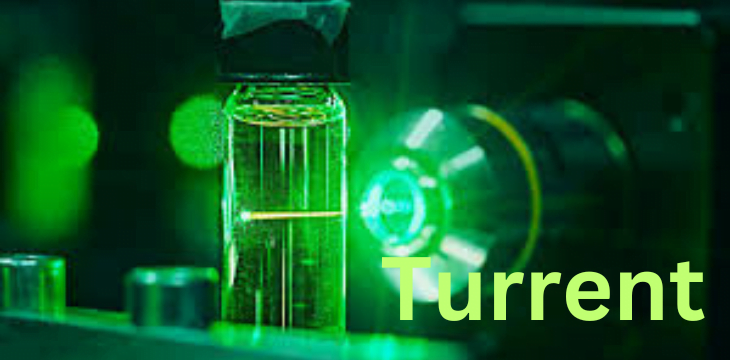Table Of Contents
Introduction
Welcome to the era of energy innovation, where the turrent stands at the forefront of revolutionizing how we harness power. In this article, we’ll delve into the intricacies of the turrent, exploring its components, benefits, applications, and future trends.
Understanding Turrent
What is Turrent?
Turrent, a portmanteau of “turbine” and “current,” represents a groundbreaking technology designed to convert natural kinetic energy into electrical power.
Importance of Turrent
The significance of turrent lies in its ability to harness renewable energy sources such as wind, water, or solar power, offering a sustainable alternative to traditional fossil fuels.
Evolution of Turrent
From humble beginnings as simple windmills to sophisticated turbine arrays, the evolution of turrent showcases humanity’s relentless pursuit of cleaner energy solutions.
Components of Turrent
Core Elements
Turrent systems typically comprise turbine blades. A generator, and control mechanisms, each playing a vital role in the energy conversion process.
Working Mechanism
As wind or water rotates the turbine blades. Kinetic energy is transferred to the generator, where it’s converted into electrical power through electromagnetic induction.
Benefits of Turrent
Efficiency Boost
One of the primary advantages of turrent’s technology is its ability to generate electricity with high efficiency. Maximizing energy output while minimizing resource consumption.
Environmental Impact
By harnessing renewable energy sources, turrents contribute to reducing greenhouse gas emissions and mitigating the adverse effects of climate change.
Cost Savings
Long-term cost savings are another compelling benefit of turrents. As they offer a sustainable alternative to costly fossil fuels, reducing dependency on volatile energy markets.
Applications of Turrent
Industrial Usage
Industries worldwide are embracing turrent’s technology to power manufacturing processes, reducing their carbon footprint and operating costs simultaneously.
Residential Applications
From small-scale wind turbines to rooftop solar panels, turrent technology is increasingly integrated into residential settings. Enabling homeowners to generate clean energy and reduce utility bills.
Challenges
Technological Hurdles
Despite its promise, turrent’s technology faces challenges such as intermittency, storage limitations, and infrastructure requirements, necessitating ongoing research and development.
Regulatory Constraints
Regulatory frameworks and permitting processes present obstacles to widespread turrent adoption. Highlighting the need for policy reforms to facilitate clean energy transition.
Future Trends
Innovations on the Horizon
Advancements in materials science, aerodynamics, and energy storage are driving innovation in turrent technology. Paving the way for more efficient and reliable systems.
Market Projections
With increasing global awareness of climate change and sustainability, the turrent’s market is poised for exponential growth. Offering lucrative opportunities for investors and stakeholders alike.
FAQs
- How does a turrent’s work?
- Turrents harness natural kinetic energy. Such as wind or water, to rotate turbine blades, which in turn power generators to produce electricity.
- Are turrents environmentally friendly?
- Yes, turrents generate electricity from renewable energy sources, reducing carbon emissions and mitigating environmental impact.
- What are the main challenges facing turrent’s technology?
- Technological hurdles, including intermittency and storage limitations, along with regulatory constraints, pose challenges to widespread turrent’s adoption.
- Can turrents be used for residential purposes?
- Yes, turrent’s technology is increasingly integrated into residential settings, offering homeowners a sustainable alternative to traditional energy sources.
- What is the future outlook for turrent’s technology?
- With ongoing advancements in materials science and energy storage. The turrent’s market is projected to experience significant growth, driving the transition to clean energy.
- Are turrents cost-effective compared to traditional energy sources?
- Yes, turrents offer long-term cost savings by harnessing renewable energy sources and reducing dependency on fossil fuels.
Conclusion
In conclusion, the turrent represents a paradigm shift in energy production, offering a sustainable. And scalable solution to the world’s growing energy needs. As we embrace cleaner technologies and prioritize environmental stewardship. The turrent’s stands as a beacon of hope for a brighter, greener future.


